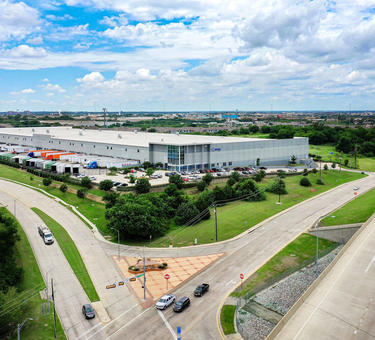
Key Points:
- The IBI Activity Index has been within a normal expansionary range of 56-60 since May 2023, hitting the high end of the range at 60.3 in January 2024 as robust retail sales and restocking increased activity in U.S. warehouses.
- Higher completions increased availabilities, particularly for bulk space in a handful of markets. Because groundbreakings of logistics buildings fell by two-thirds from peak levels, deliveries are poised to contract sharply beginning in H2 2024.
- U.S. rents grew by 6% in 2023, with declines in Southern California countering high single-digit to mid-teens growth in most markets. Rents climbed at the quickest pace in the Sun Belt and Southeast.
Realized demand increased in Q4. U.S. net absorption increased 31% quarter-over-quarter (q/q) in Q4 to 52 million square feet (MSF), in line with historical expansionary averages. Looking ahead, rising proposal activity and quickening deal gestation times suggest increasing demand for space, and leading indicators align with an annualized demand run rate of about 200 MSF.
The IBI utilization rate increased to 84.3% in January after averaging 83.8% in Q4 2023. Strong retail sales for the holidays depleted inventories, pulling the inventories to sales ratio (I/S ratio) downward through year-end 2023 and emptying warehouse racks. From June to November, the I/S ratio fell by 60 bps, approximately 60% due to strong retail sales and 40% due to reduced inventories.
Building completions reached a new quarterly high of 141 MSF in Q4. New supply was concentrated in larger spaces in the outlying submarkets of major inland markets, including Dallas, Houston, Atlanta and Phoenix. New supply was the primary driver of increased availabilities, particularly in bulk spaces. Vacancy in spaces over 300,000 square feet rose 100 bps q/q to 7.9% in Q4, and vacancy rose 40 bps q/q to 5% in smaller spaces.
Exhibit 1:
Exhibit 2:
Exhibit 3:
Exhibit 4


